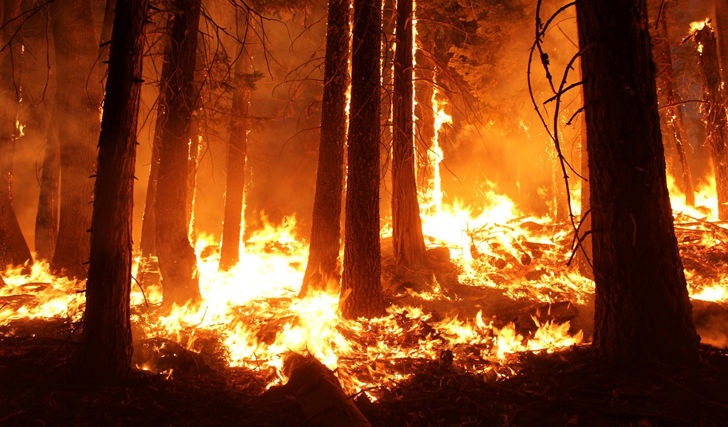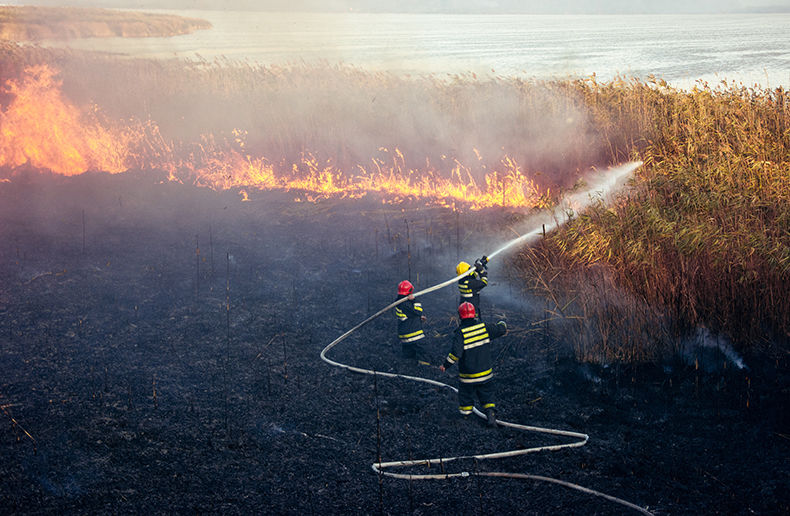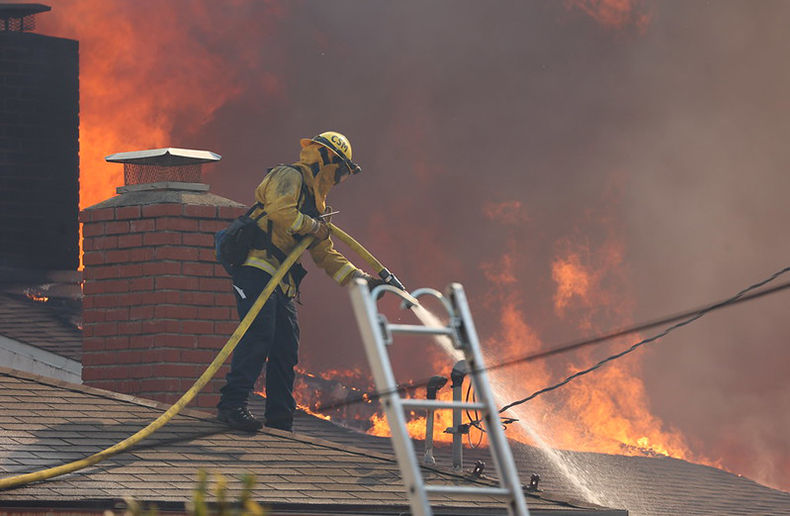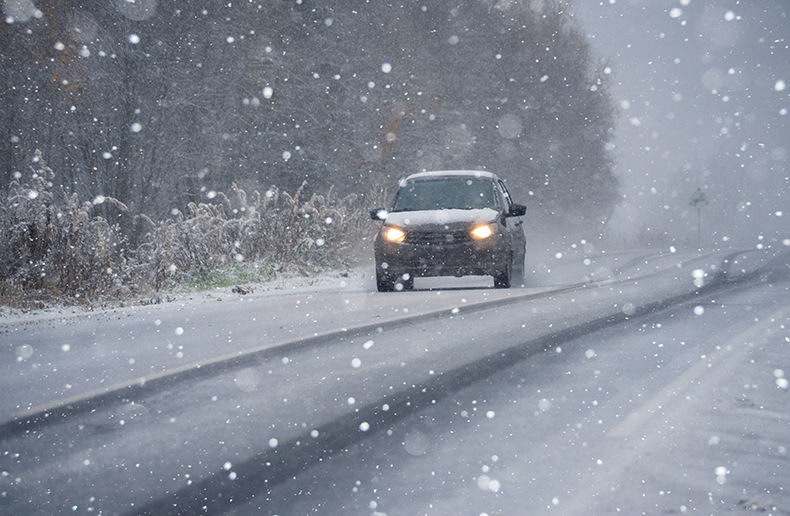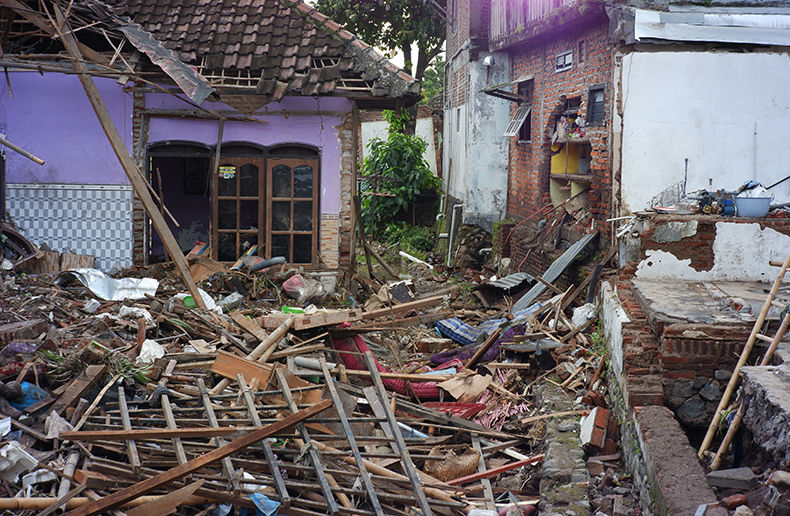The Property and Casualty Insurance Compensation Corporation (PACICC) announced an increase in its claim and refund limits in the event of the bankruptcy of a P&C insurer. It is the first time since 2006 that such a decision has been made by PACICC.
Announced during the annual general meeting of the organization, held on April 9 on the videoconference platform Zoom, these changes were triggered by natural catastrophe losses, said the chief operating officer of PACICC, Alister Campbell, in an interview with the Insurance Portal.
What are the changes?
The claims limit for personal property insurance has been increased from $300,000 to $500,000. Also, automobile and commercial insurance limits increased from $250,000 to $400,000.
In addition, "PACICC Board [is going] to review coverage limits within three years, and at least every five years thereafter," the organization said. This condition, said Campbell, was established after some provincial regulators stated that the new limits were not sufficient to cover the high cost of real estate within their territories. PACICC also announced that the premium refund limit has been increased for those who paid in advance for their insurance policy, if their insurance company goes bankrupt. “We refund the part of the premium that has not been accounted for in the earned premium of the insurance company up to the amount stated,” Campbell said.
For premium refunds, the limit was increased to $ 2,500. However, only 70% of this amount, or $1,750, will be reimbursed by PACICC, he said. "In the past, it was $1,000 and the 30% still applied, so they would receive a maximum of $700,” he added.
Campbell said this increase is normal, given that the average insurance premium has also increased since this limit was established in 1989.
Fort McMurray wildfires
Campbell explained that the Fort McMurray wildfires in 2016 were a warning for PACICC and the insurance industry. "That caused some companies to struggle," he said.
He explained that following this natural catastrophe, the Alberta regulator sent "a friendly question" to PACICC. The question, Campbell quoted, was: "If a company had failed as a result of the Fort McMurray wildfires, would you really have enforced the PACICC limit on all of the people who lost their homes?"
"When we were created, the limits were set at levels that looked like they would cover the vast majority of claims,” he said. Nevertheless, the previous limit of $ 300,000 for home insurance claims would not have been sufficient "to rebuild most homes in Fort McMurray", hence the arrival of these modifications.
When an insurer went bankrupt in the past, losses were minimal, Campbell added. However, today, "If a company was to fail as a result of a natural catastrophe, you would have many more large losses. That was the driver of the PACICC review," he said.
A long process
COVID-19 is in no way linked to the organization’s decision, because an 18-month process is necessary before making such changes, he added.
In fact, PACICC launched a "major research project" to make a decision based on current coverage needs and the impact of inflation on policyholders, the organization said in a press release.
"We had a comprehensive industry survey to get accurate claims data.” PACICC looked at 400,000 claims across the whole industry to “understand what coverage levels would be appropriate under certain circumstances, and we made recommendations to the industry," Campbell said.
Recommendations were subsequently made to the insurance industry based on the results obtained, he added.
However, to be able to apply these changes, you need the "unanimous consent" of 10 provinces and 3 territories, he explained. “It is therefore very rare to change anything about our structure. We are more difficult to change than the Senate,” Campbell added jokingly.


